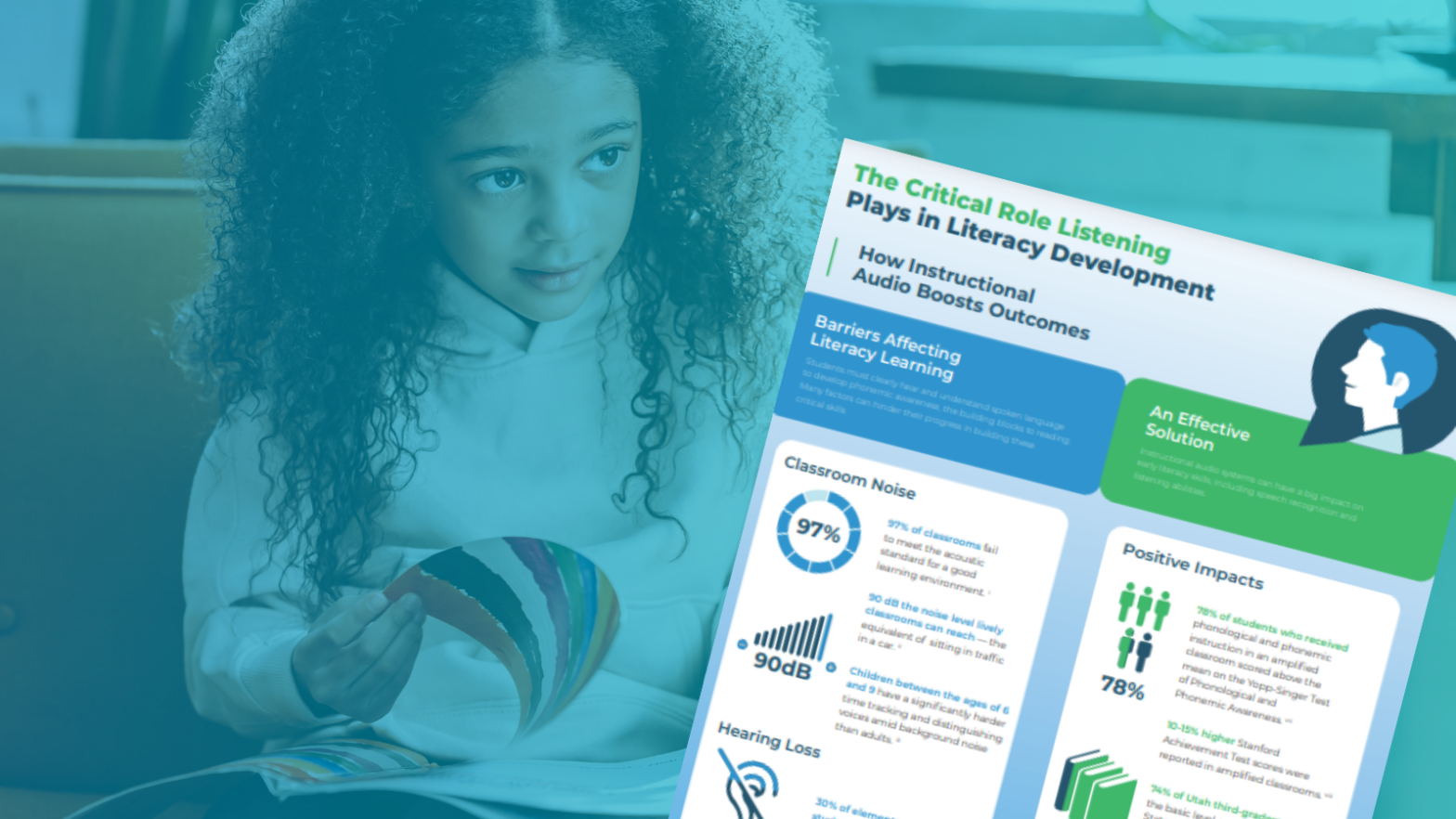5 Collaboration Tools Teachers Shouldn’t Live Without
Connected educator month just happened, but in reality, the connecting never ends.
“What does it mean to be a connected educator?” is a question someone recently asked me.
It made me pause.
I concluded that a connected educator is: one who seeks collaboration with other educators, experts, and students, both locally and around the world.
Thanks to modern technology, collaboration has become more efficient and manageable.
There are a variety of benefits to using tools that connect us with experts all over the world, with teachers in the classroom next door, and face-to-face.
There are a variety of benefits to using tools that connect us with experts all over the world, with teachers in the classroom next door, and face-to-face.
Part of preparing students for the real world is teaching them to collaborate and problem-solve while working with others in small groups. I am continually working to discover new resources and tech tools that make a positive impact on my students.
After 17 years in the classroom, I’ve gravitated towards tools that have multiple uses, help me make assessments easier, and encourage students to collaborate and provide feedback.
Here’s a list of tools I can’t live without.
1) Lightspeed Activate System: This classroom audio system provides a clear picture of what students know and understand. Designed to monitor students during small-group discussions, the two-way pods are the size of a glasses case and double as hand-held microphones, making it easy for students to pick them up and take them wherever they may be working.
By “dropping in” on students’ learning conversations, I am able to listen to them collaborate and share their ideas in an authentic and natural setting.
When students do not actively answer or participate in a whole-group setting, it can seem as if they don’t have a strong conceptual understanding of what they are learning.
By capturing students’ learning in a small-group setting and without the teacher at their side, I am able to hear my students think aloud and readily verbalize what they know.
2) Google Classroom: Google Classroom is an important component of my students’ blended learning experience. I use the platform to share resources, instructional videos, and games for remediation and enrichment. In return, students can access our class content anywhere and anytime. Students can submit their work, collaborate with others, and share resources with the click of a button. Google Classroom is helpful for absent students to access lessons and content from home, and to get back on track when they return to school. Because each student has their own profile, I also have the opportunity to differentiate instruction and maximize class time for all students.
3) Kahoot!: Using this game-based online learning platform, students can work individually or with a small group on any device to respond to questions related to our class content. Kahoot! is an excellent way to increase student engagement and promote excitement for learning, because students are highly motivated by the game-based component. They receive instant feedback after each question, and as the teacher, I am able to see the number of students who answer each problem correctly.
This allows me to address misconceptions right away, and gives me valuable feedback about students’ understanding of concepts.
It also promotes conversations and reflection after each question. I can then download students’ results at the end of each game and use the results as feedback for future planning as well as alternative assessment.
4) Mini dry-erase boards: These may not be high-tech, but my students use mini dry-erase boards on a daily basis to practice, share ideas, and show what they know. The boards are a quick way to gather formative assessment data and get a large-group snapshot of individual and whole-class understanding. By taking a quick visual assessment of students’ work and responses, I am able to adapt instruction in the moment to best serve students’ needs, understanding, and misconceptions. I am able to easily and subtly check on students all over the room from any vantage point.
5) Skype in the Classroom: Using Skype is one of the easiest and most impactful ways I have found to connect what students are learning in class to the world and their future careers. Last year, my students were able to Skype with Olympic and Paralympic athletes who shared how they use math in their careers, along with lessons about grit, goal-setting, and growth mindset. We also connected with a video game designer to help launch our Hour of Code activities. These types of experiences help students envision how what they are learning in school is relevant to the world and their future.
Being a connected educator directly impacts my students every single day.
I am able to collaborate with, learn from, and gain ideas from other educators.
I stay current on education trends and best practices by connecting my students to other classes or experts to help make what they are learning in class more meaningful and relevant.
Technology allows me to take student learning to new levels.
If we want our students to collaborate and be lifelong learners, they need positive examples and role models who also believe in these practices.
—
Stacey Ryan has been an educator for 17 years and is currently a 7th-grade math teacher at Andover Middle School in Andover, KS. Her passion is facilitating school innovation, real-world projects, blended learning, and leadership development to make learning relevant and meaningful for students. Follow @sryanalr


